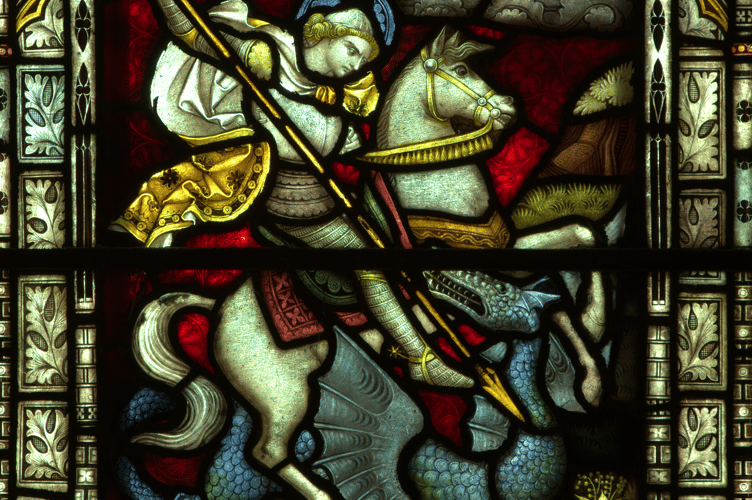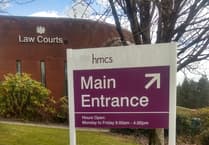WHEN you think of history, you don’t automatically think of the importance of children, writes Judith Field.
But without them, Truro and its cathedral would be very different places today.
The first Bishop of Truro (and afterwards Archbishop of Canterbury) was Edward White Benson, a former headteacher and father of six. He had married into the brainy Sidgwick family (his economist brother-in-law, Henry, campaigned for higher education for women and co-founded Newnham College, Cambridge University).
When Benson and his wife Mary (described by the Prime Minister, William Gladstone, as “the cleverest woman in Europe”) moved to Truro in 1877, they wanted their two daughters to have same chance to study as their sons. Dissatisfied with the lack of educational opportunities nearby, they decided to do something about it.
Truro High School for Girls was the result, established in 1880. Benson’s daughters Nellie and Maggie were amongst the first 15 pupils at its original premises in Lemon Street. As it expanded, it moved to Strangways Terrace and finally, in 1896, to its present site on Falmouth Road.
Truro Cathedral was founded in the same year as the school. Children played a major part in fundraising for the building, particularly for the enormous red porphyry-stone font for baptisms, which was given by Sunday School children. By donating their pennies, they managed to collect £250 – more than £28,000 in today’s money, and the font is still available for Christenings today – simply email [email protected] for details.

Victorian Sunday Schools were hugely popular, and most children attended, especially before primary school became universal in 1870. It was often the only way to learn to read and write. In 1785, Mrs Magdalen Daubuz founded a Sunday School for St Mary’s Church, now Truro Cathedral’s ‘St Mary’s Aisle’, and her family name lives on in Daubuz Moors Nature Reserve. The 1836 Sunday School building in Old Bridge Street stands almost next door to the cathedral, and was the forerunner of today’s St Mary’s C of E School.
In the 1920s, three chapels were created within the cathedral specifically with the needs of women, girls and boys in mind. Complete with St George and the Dragon window, St George’s Chapel in the North Transept was regularly used by cathedral choristers and the Boy Scouts between the wars, but later it was converted into an office and store. However, either side of the High Altar, the other two chapels remain.
St Margeret’s Chapel was dedicated to girls and Girl Guides, whilst women, and in particular the Mothers’ Union, were given St Monica’s Chapel. Appropriately, St Monica is the patron saint of married women, turbulent marriages and mothers of difficult children (Monica’s own son, Augustine, being an example).
Mothers’ Union locally and nationally is still going strong, with four million members worldwide and a branch at the cathedral. Their popular Family Fun Day for mothers, fathers and young children is being held at the cathedral from 10am to 3pm on Wednesday, August 20 - a free community event.





Comments
This article has no comments yet. Be the first to leave a comment.